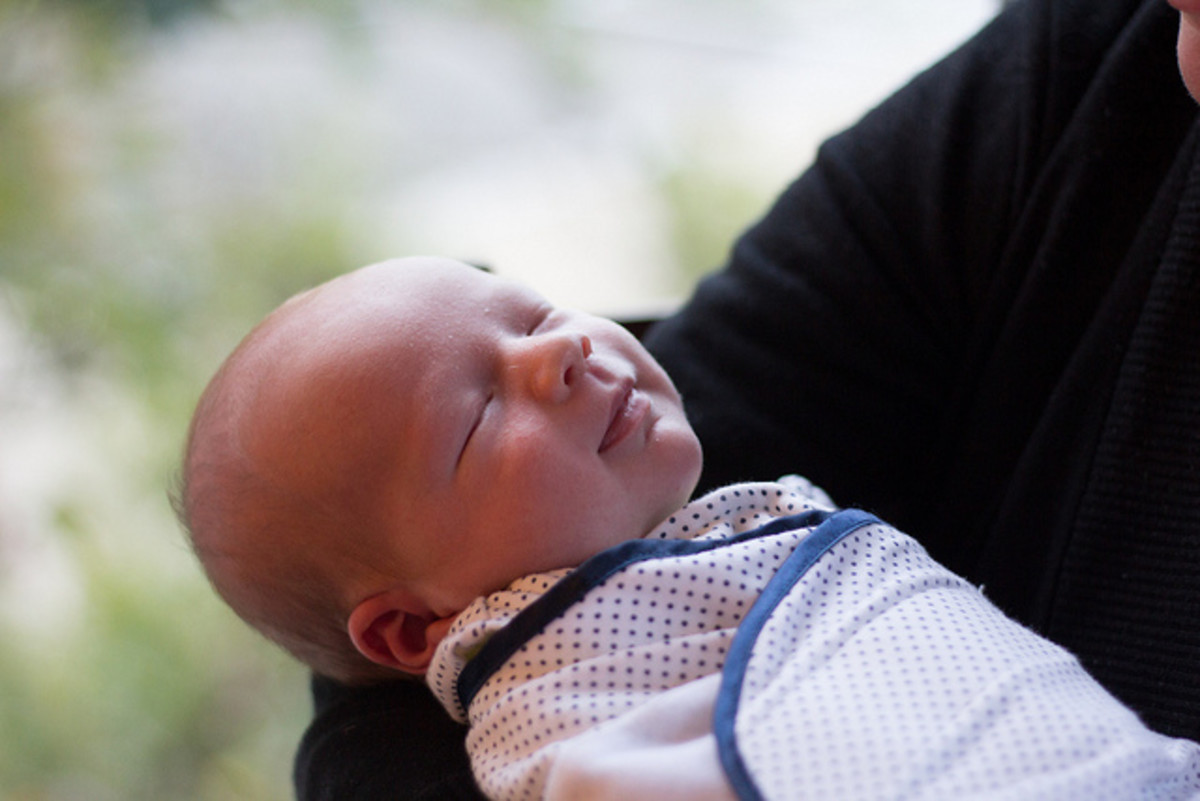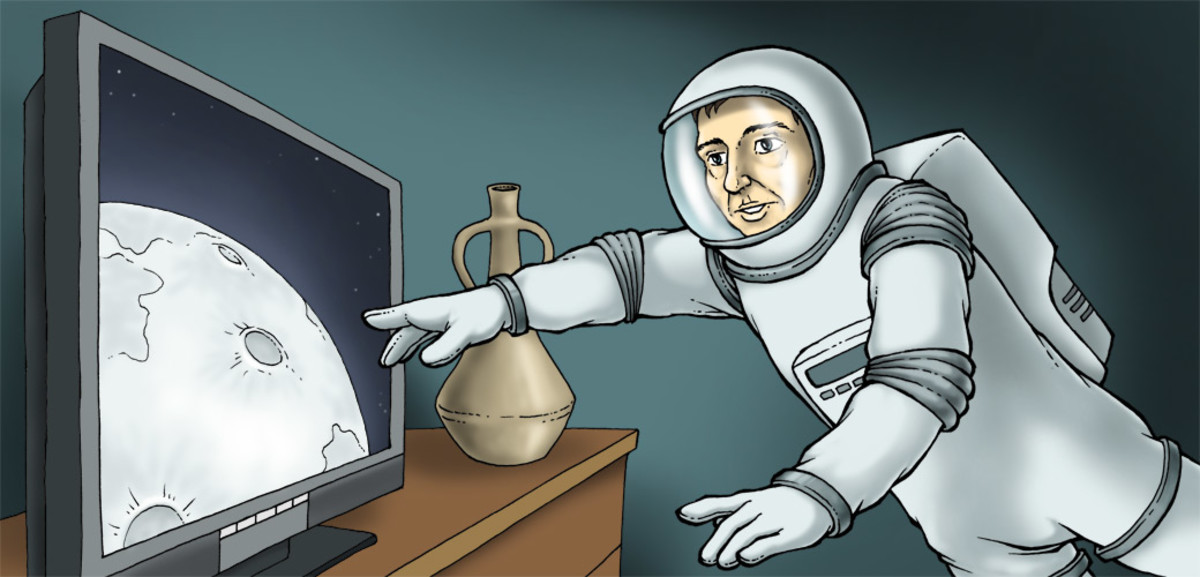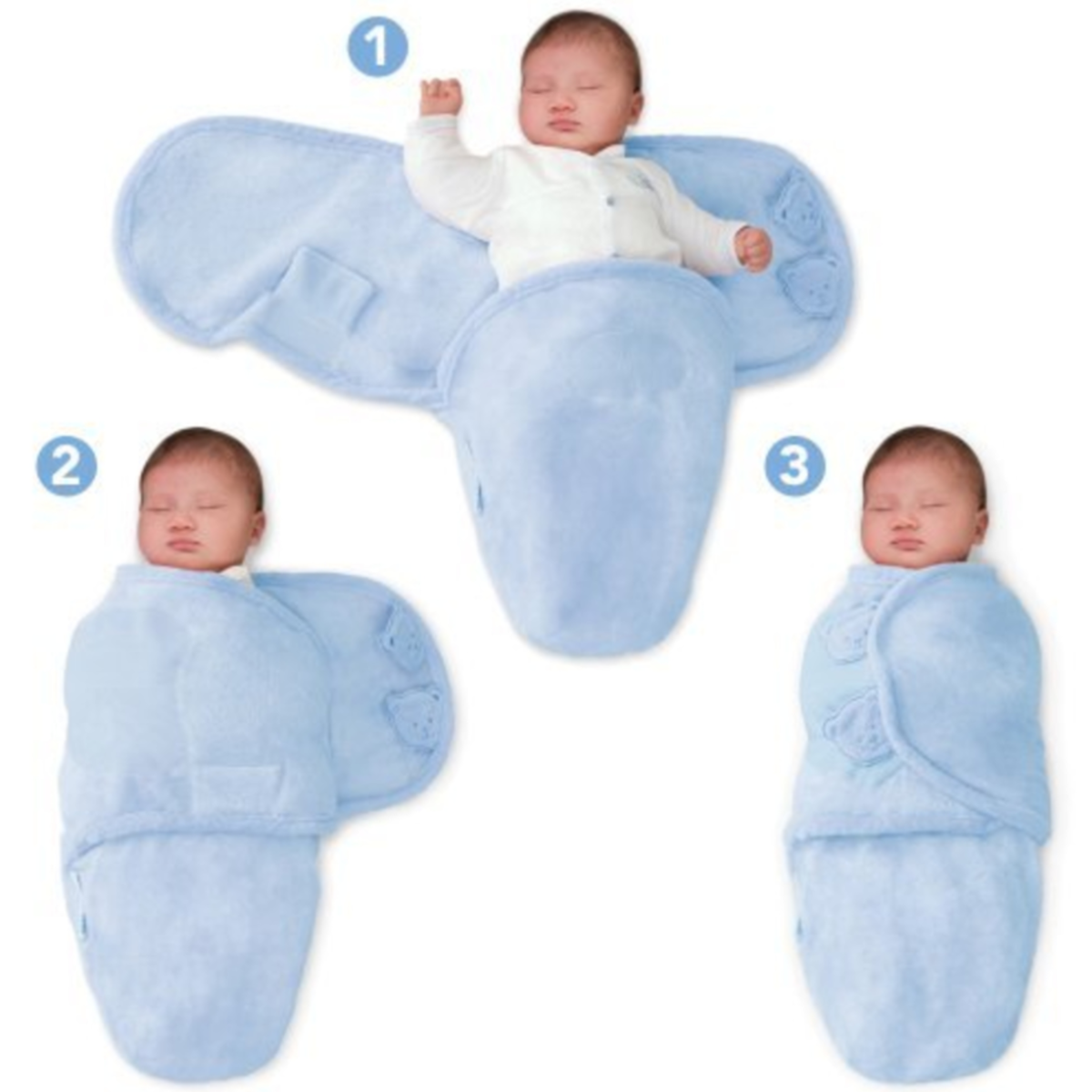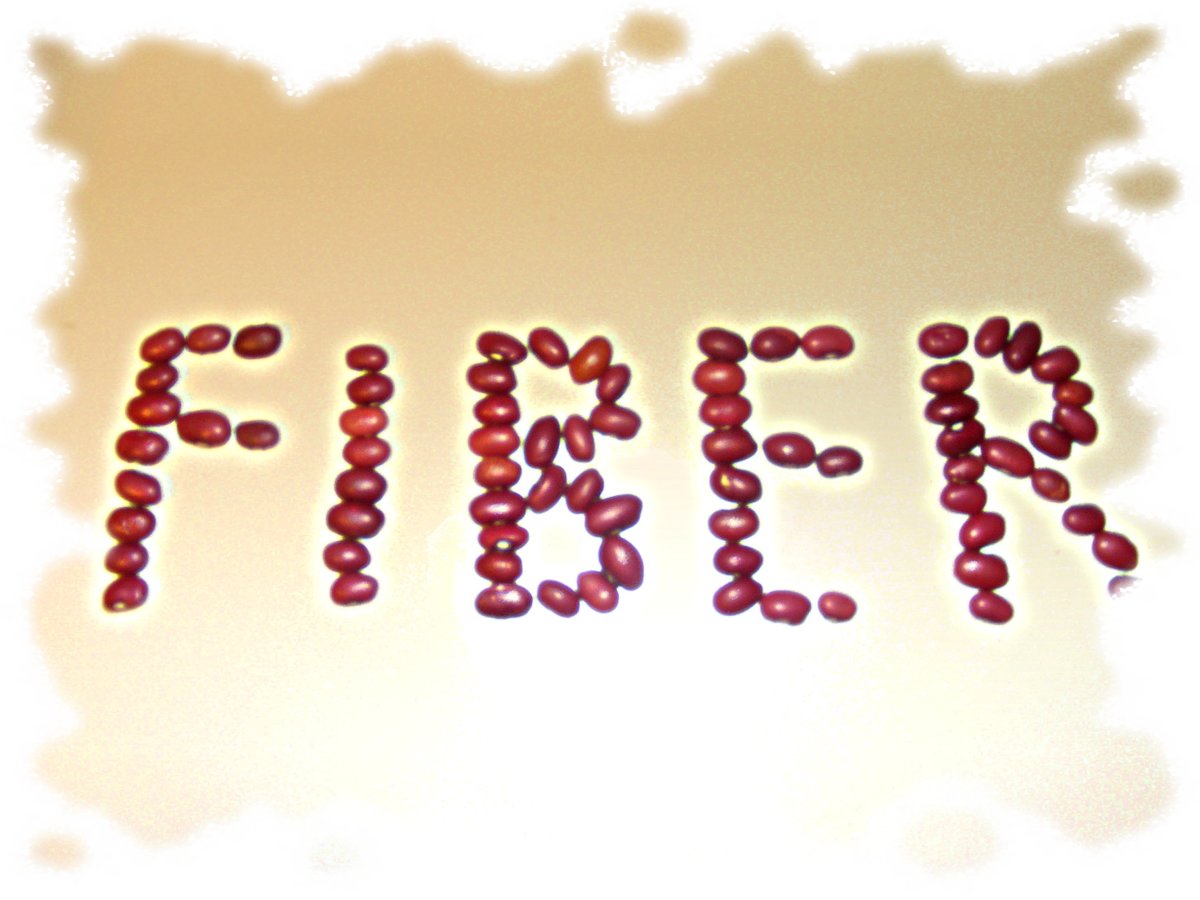When To Stop Swaddling: An In Depth Look into the Controversy
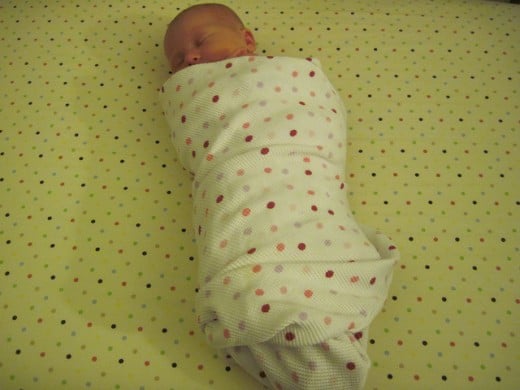
To Swaddle or Not?
What the National Resource Center for Health and Safety in Child Care and Early Education Says
In recent years there has been a lot of controversy about swaddling babies. The controversy increased in 2011 when the National Resource Center for Health and Safety In Child Care and Early Education boldly recommended against swaddling. The Center's objection to swaddling stemmed from their belief that this practice could increase the risk of S.I.D.S. (Sudden Infant Death Syndrome). The Center also warned that swaddling can increase the risk of hip dislocation or dysplasia. Minnesota quickly hopped on the bandwagon and prohibited swaddling in its child care centers.
The trouble is, there is little agreement among experts in the field regarding swaddling. The American Academy of Pediatrics has yet to take an official stance, citing insufficient data on the benefits versus the risks of the practice.
Not surprisingly, this has left parents confused. The purpose of this hub is to look at all the evidence available so that parents can make informed decisions regarding this widespread sleep-inducing technique.
An Overview of the Experts Position on When to Stop Swaddling
Center for Health and Safety In Child Care and Early Education
| American Academy of Pediatrics
| American S.I.D.S. Institute
| Dr. William Sears
| Dr. Harvey Karp (author of "Happiest Baby on the Block"
|
|---|---|---|---|---|
Any swaddling is not recommended
| No official stance, but Rachel Moon, MD, FAAP recommends stopping at 8 weeks
| Does not recommend swaddling at all
| Doesn't recommend swaddling through the night. Says babies outgrow swaddling at about 3 months
| Okay to swaddle even up to 12 months of age
|
The Stance of the American S.I.D.S. Institute
If the mixed messages aren't widespread enough, the American Institute on S.I.D.S. has their own stance on swaddling: it highly discourages it. The executive director, Betty McEntire discourages swaddling since it can cause overheating, rolling over into the prone position, and loose blanket in the crib with the baby. She basically states: "Why take the risk?"
How to Swaddle Correctly
- Don't swaddle so tightly you cannot get a hand in between the blanket and your baby's chest or your baby could have trouble breathing.
- Don't swaddle too loosely or the blanket can become unwrapped and can inadvertently end up covering your baby's face.
- Don't swaddle too tightly around the hips or you are increasing the chances of your baby developing hip dysplasia.
- The tightness of the swaddle should be focused around the arms, instead. A baby's natural startle response (in which the arms flail out) can cause sleep disturbance. Swaddling can help minimize these awakenings.
- If it's summer or the weather is hot, swaddle in a light blanket to avoid overheating.
- Always put your baby (whether swaddled or not) in the supine (on the back) position.
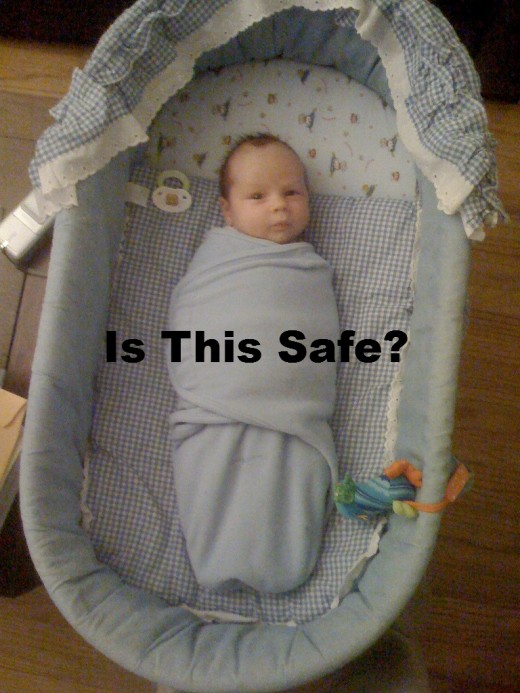
American Academy of Pediatrics Noncommittal Word on Swaddling
As previously mentioned, the American Academy of Pediatrics does NOT have an official policy on the practice of swaddling. However, Rachel Moon, MD, FAAP, chair of the task force that authored the American Academy of Pediatrics safe sleep recommendations believes swaddling can be an effective method for calming infants and soothing them to sleep, however it must be done correctly. A 2013 study conducted by Rachel Moon and associates revealed parents who swaddle are more likely to place their babies in the proper supine position for sleep (sleeping on their backs).The supine position is recommended by the AAP as the safest position to reduce the risk of S.I.D.S. Although there is no official word from the AAP on how long to swaddle, Dr. Moon recommends discontinuing swaddling at 2 months of age.
Dr. Harvey Karp- Pediatrician to the Hollywood Stars
Dr. Harvey Karp, author of "Happiest Baby on the Block" has a five step method for soothing babies and putting them to sleep called the 5 S's. The 5 S's are to: swaddle, place baby on side or stomach, to "shush", to swing, and to suck. Swaddling is a very important part of his soothing process. He recommends swaddling every time you put your baby down for sleep. And, of course- he wisely recommends putting your baby down on his or her back for sleep time. He recommends swaddling them tightly enough that they feel secure and won't wriggle and wiggle out of the blanket. However, Dr. Karp recommends leaving enough room at the bottom of the swaddle that a baby can move his or her legs- being able to bend the knees is important. Dr. Karp sees nothing wrong with swaddling a baby even up to 12 months of age.
How About You?
Do you or did you swaddle your baby?
Dr. Harvey Karp's Happiest Baby on the Block
A Word About Swaddling from Dr. Harvey Karp
Resources
http://www.parenting.com/article/ask-dr-sears-alternatives-to-baby-swaddling
http://.sagepub.com/content/51/3/254.abstract
http://www.healthychildren.org/English/ages-stages/baby/diapers-clothing/Pages/Swaddling-Is-it-Safe
http://www.babycenter.com/0_harvey-karps-happiest-baby-method-for-baby-sleep-and-soothin_10373838.bc
http://aapnews.aappublications.org/content/34/6/34.1.full
http://www.happiestbaby.com/when-do-i-have-to-stop-swaddling-my-baby/


